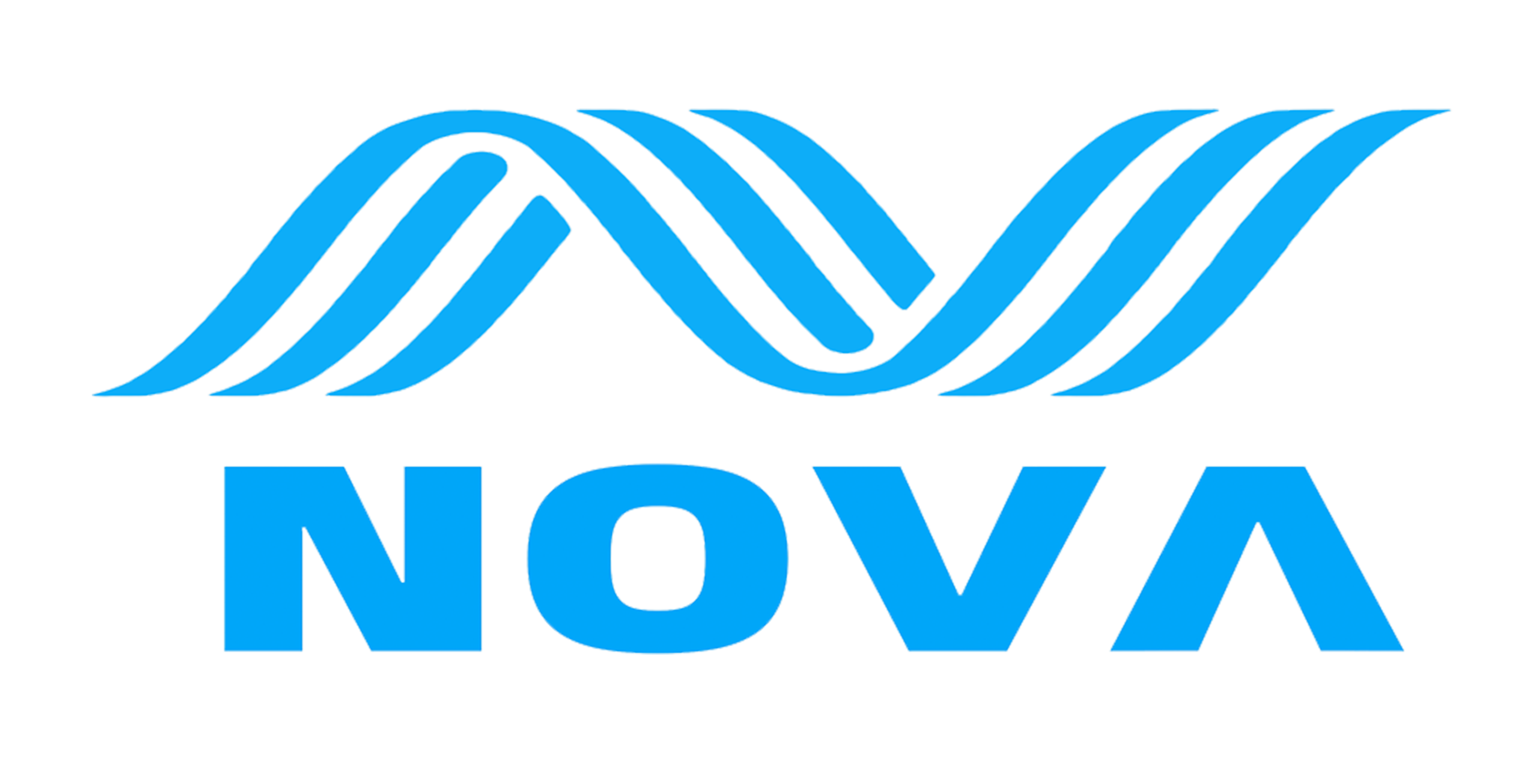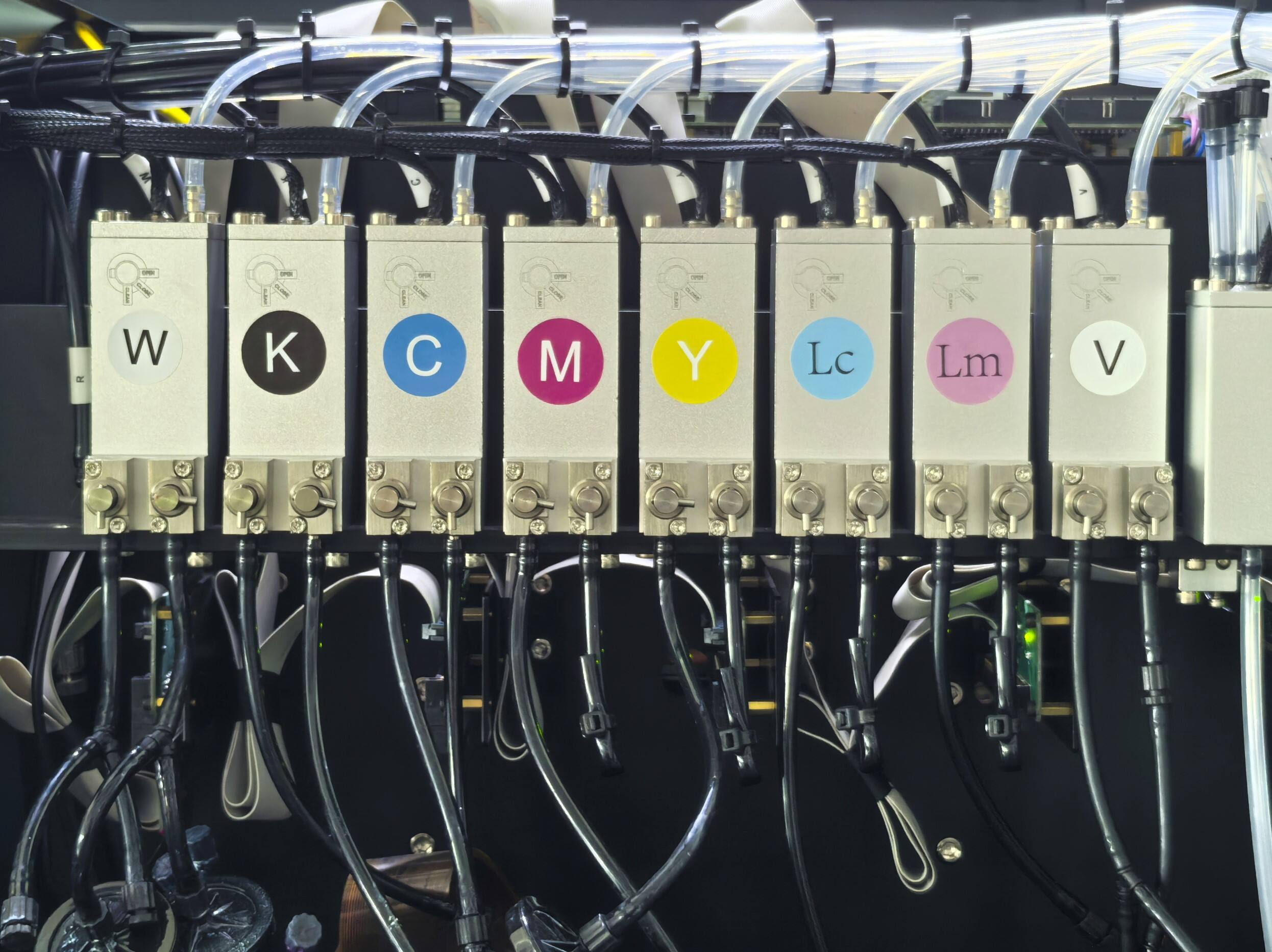Understanding Cylindrical Printing Fundamentals
Core Principles of Cylindrical Surface Decoration
Cylindrical printing (also known as pad printing) is a unique type of printing, specifically designed to apply ink to objects with a rounded surface. It is a process used across a range of materials, including partials, glass and metal. A number of methods such as rotary screen printing, inkjet printing or pad printing are used, each having pros and cons in respect of printing technique, ink formulation and use of applied ink. Those three magic words - adhesion, durability, and color match - enables successful cylindrical decoration. These will keep your prints bright and sharp against UV light and time passing, friction and punishment by other objects. For example, a UV inkjet cylindrical printer (eg for bottles) can not only need reliable adhesion, but it must combine this with inks that can be handled and last from day to day.
Key Industries Served by Cylindrical Printing
Cylindrical printingsystem help product manufacturers and providers in food and beverage, cosmetics and pharmaceuticals, and automotive industries stand out in a crowded marketplace. The technology is a key component to a method of applying eye catching labels and branding to containers, bottles and cans. Cylindrical UV inkjet printer In beverage industry, cylindrical UV inkjet printer is most applicable for making high standard labels on bottles. These printers give artistic freedom making them well suited to the fast-paced environment of the packaging industry. The flexibility is not only an aesthetic advantage, but the manufacturing process is simplified and has become an integral part of today’s production plants.
Rotary Screen Printing for Cylindrical Objects
Mechanics of Rotary Screen Technology
Rotary screen printing is a continuous application from a cylindrical screen that is wrapped around a roller and the substrate is passed through the machine, with the applicator roller rolling along the fabric. This process is known as being efficient; not only because of the speed at which it can be performed, but also as a result of being high speed, it is perfect for high volume runs for things such as packaging and labeling. The operating mechanics of a rotary screen press need to be understood in terms of the print head, ink viscosity and the connection of the substrate to the screen. These features in conjunction have an impact on the print quality, underscoring the need to understand this technology at its details to achieve good results in cylindrical printing.
Pros: High-Speed Production Capabilities
One of the advantages of rotary screen printing is the high speed with which the equipment, is turned over between cycles, and it offers advantages as a production method that are incomparably beneficial when high volumes of material are being mass-produced. Production speeds of greater than 300 meters per minute are possible with this process, so it’s a very effective way of getting packaged goods to market quickly. This speed also results in lower per-unit costs, important for any manufacturer that wants to compete successfully. It is safe to say the advantages of Rotary Screen Printing far outweigh the open screen variety however it must be noted that although the former is good for long runs of consistent design, that a reason why the Rotary process is more cost effective, it is not ideal for every design.
Cons: Limited Design Complexity & Setup Costs
In addition to fast speed, rotary screen printing is not without the problems of drawing complicated. It is sometimes used in simpler graphics than those printed using inkjet printing techniques. The initial expenditure can be quite expensive since the screens have to be made custom for short production runs. This is a challenge for manufacturers that want to include fine details in their design. At the same time, balancing these design desires with what can actually be produced is critical, particularly when making the trade-offs inherent in rotary screen printing.
Inkjet Printing Innovations in Cylindrical Applications
UV Inkjet Technology Explained
UV inkjet technology provides a new printing solution to rotary objects by effectively curing ink instantly with UV light as it is printed. This instant drying process enables the production of vibrant colors and crisp details, e.g., on cylindrical containers like bottles and cans. One of the attributes that has made UV inkjet technology so exciting in packaging and labeling is its ability to print on a broad range of substrates. Furthermore, eco-UV inks reduce the environmental impact of the use of UV inks and ensure high quality printing and durability. That combination of instant curing and an environmentally-friendly process makes UV inkjet technology a compelling option for companies seeking to bring the latest innovations to cylindrical printing.
Precision Advantages for Bottles and Cans
It is suitable for higher precision than most other print processes, and is not limited to specific roof shapes, unlike some traditional digital or offset print processes. This precision is essential when you need to craft intricate designs and for variable data printing on bottles and cans. This is precisely what brands must be able to do if they want to sprinkle in a little personalization in their packaging – to be able to product limited runs or custom products as a cinch to do. Additionally, more accurate ink position not only leads to higher-quality output, but less waste, a win-win win for the production process, resource usage and environmental sustainability. With those that take advantage of inkjet print’s precision, brands can produce personalized products in a cost-effective way as per consumer demand.
Factory-Ready Solutions for Packaging Lines
Obtaining these inkjet printing systems will facilitate implementation on current packaging lines without frictions to optimize production/meet expected targets. These component builder units are specifically engineered for high-volume applications, providing reliable, repeatable results to help keep production levels under control. The flexibility of inkjet systems is a major benefit to our business and enables us to react quickly to changes in designs and follow design trends in the market. When businesses implement modern solutions like these, they are not only guaranteeing that their packaging lines are effective, they are also future-proofing them.
Material Versatility in Container Printing
The versatility of materials for the inkjet printing technology is not only limited to paper, but also applies to various materials such as plastic, metal and glass. Due to this curing function, the application range of Cylindrical Screen Printing is wide and it can be used in various kinds of industries. This flexibility enables manufacturers to design a variety of packaging formats, encouraging the use of their creativity to deliver the latest packaging innovation. These features will likely contribute to business expansion as manufacturers incorporate new product models that can help to build brand equity and reach new markets. Using the compatibility of the inkjet printing materials, the companies can remain ahead of industry trends and consumer tastes.
Critical Comparison: Screen vs. Inkjet Printing
Resolution and Detail Reproduction Compared
Print quality is heavily impacted by resolution while inkjet printing can generally exceed screen printing capabilities in detail reproduction due to the higher number of D.P.I (dots per inch) inkjet printers are able to maintain. This makes inkjet ideal for printing high-resolution images and intricate graphics. This is particularly relevant in branding where spectacular designs go a long way in influencing consumer behaviour.
Cost-Efficiency in Short vs Long Production Runs
Economies between your screen and ink jet generating techniques is determined by your production levels. Screen printting tends to be also a more cost-effective solution for larger production runs when it comes to for unit costs post set up. On the other hand, inkjet printing is perfect for short runs and custom jobs, because setup costs tend to be lower, giving businesses crucial flexibility when dealing with different order sizes. As a result companies are well-situated to gain maximum efficiency and control production costs as they see fit.
Sustainability Considerations in Ink Usage
Production sustainability is increasing a critical point nowadays and usually the inkjet printing provides a greener solution with the use of water based inks instead of those which are eco-unfriendly. On the flip side, screen printing usually requires the use of solvent inks, which may be less environmentally friendly if not recycled properly. Sustainability focused companies can embrace inkjet technology and further prove their green credentials and to satisfy consumer demand for environmentally responsible products.
Adaptability to Complex Geometries
Inkjet printing has the advantage of being able to fit to non-planar geometries, enabling large patterns on curved or aspheric surfaces. This advantage gives manufacturers a competitive advantage in persuit of original packaging design that would not be possible with conventional screen printer methods. In today’s competitive market, the facility to pack special shapes and sizes is more and more important to offer individual brand distinctions through creative packaging.

